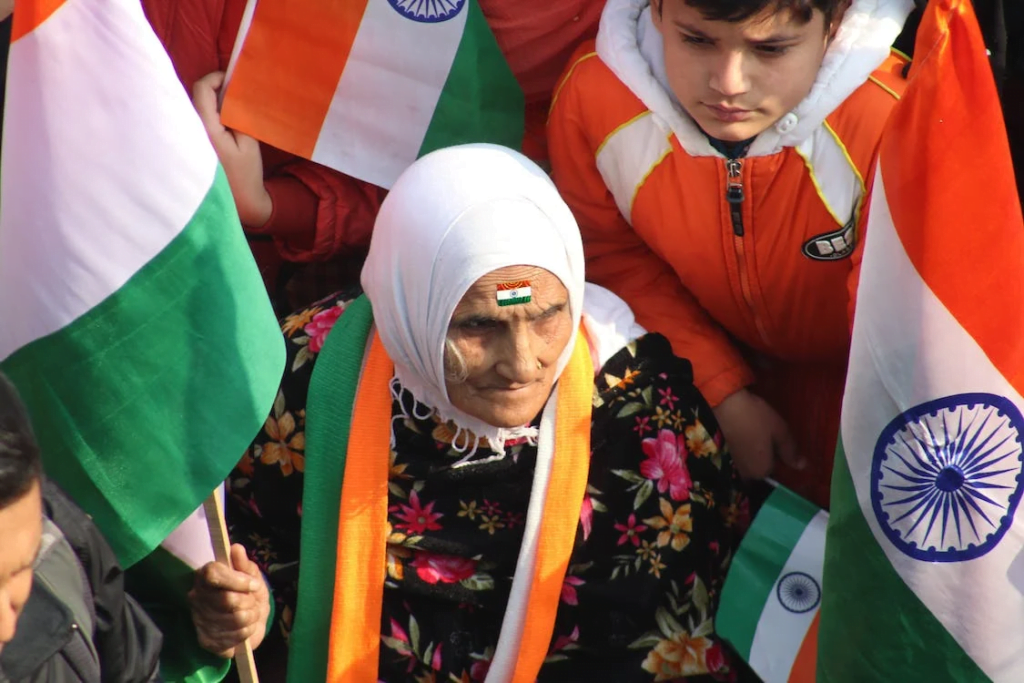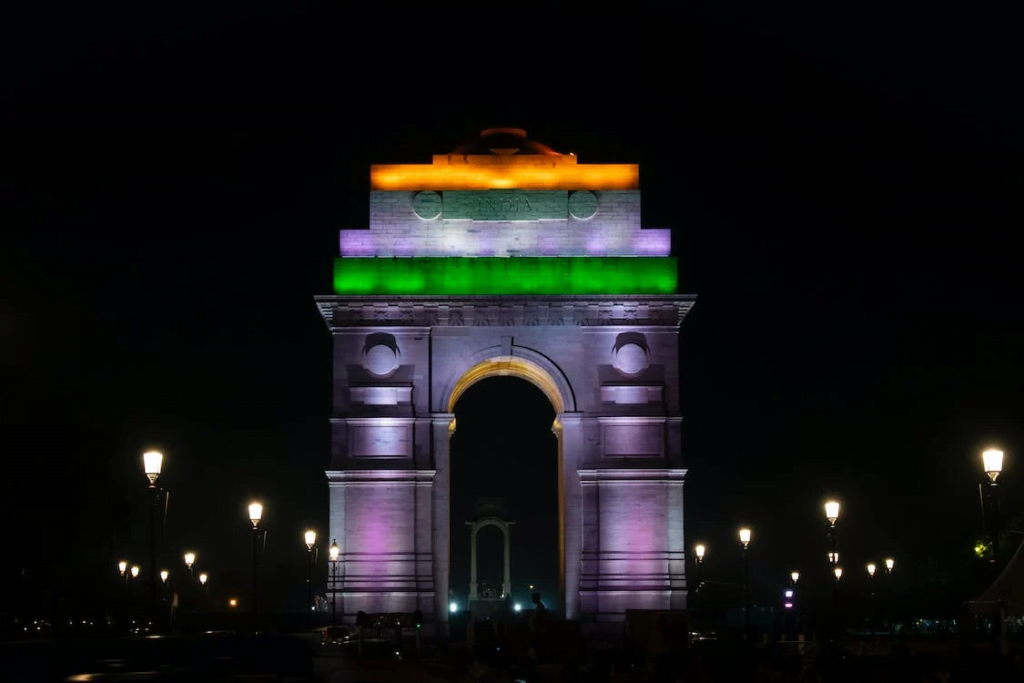India, a land of diversity and rich cultural heritage has come a long way since its independence from British rule in 1947. The journey from being a colony to becoming a republic has been both tumultuous and rewarding. In this blog, we will take a closer look at Indian politics before and after independence and how it has evolved over the years.
Before independence, India was ruled by the British East India Company and later by the British Crown. The Indian National Congress, formed in 1885, was the main political organization fighting for independence. Mahatma Gandhi, Jawaharlal Nehru, and other leaders used non-violent methods to protest against British rule and demand independence. After years of struggle and negotiations, India finally gained independence on August 15, 1947.
The early years of independent India were marked by the formation of a new constitution, the adoption of a democratic system of government, and the implementation of social and economic reforms. However, the country also faced several challenges, such as the partition of India and Pakistan, the integration of princely states, and the resettlement of refugees.

One of the major challenges in post-independence India was the consolidation of democracy. The Indian National Congress, under the leadership of Jawaharlal Nehru, dominated the political scene for the first few decades after independence. Nehru, who served as India’s first Prime Minister from 1947 to 1964, implemented several policies aimed at modernizing and transforming India into a modern industrialized nation. However, his policies also faced criticism, and India’s political landscape began to change with the rise of regional and caste-based political parties.
The 1970s and 1980s saw the emergence of several regional and caste-based political parties, which challenged the dominance of the Indian National Congress. The rise of these parties was a reflection of the growing discontent among the people with the Congress party and its policies. This led to a more fragmented and multi-party system, with coalition governments becoming the norm in the country.
In the 1990s, India underwent economic reforms, which transformed the country into one of the fastest-growing economies in the world. The reforms liberalized the economy, reduced government intervention, and opened up the country to foreign investment. The economic transformation brought new challenges and opportunities, with the middle class growing rapidly and new industries emerging.
The 21st century has seen the rise of the Bharatiya Janata Party (BJP), which has emerged as the dominant political force in the country. The BJP, which is associated with Hindu nationalism, has won several elections, both at the state and national levels. The party has implemented several reforms aimed at modernizing the country, such as the Goods and Services Tax (GST) and the Digital India initiative.
In conclusion, Indian politics has undergone significant transformations since independence.



Im thankful for the blog post. Fantastic.